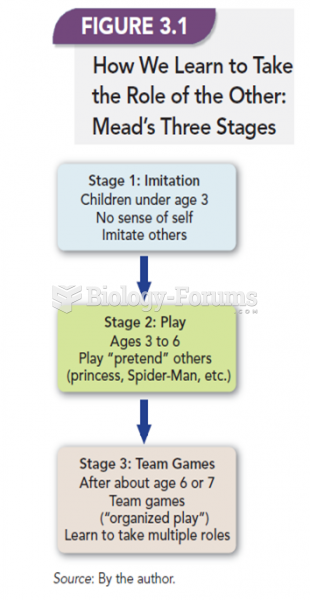Answer to Question 1
First, the preschooler should NOT be beaten for being slow to start to count. Behavioral psychologists assert strongly that punishment has many harmful side effects. Being punished could even extinguish a child's interest in learning. Teaching counting to the preschooler should be made into an interesting game to restore her interest in the subject. To get ideas about making it a game, check TV shows for preschoolers such as Sesame Street. The child could watch the TV show with you; when it's over, then the games could begin. Game activities should be kept brief and varied because it is known that preschoolers have short attention spans. Does the child attend preschool? If so, then meet with the preschool teacher to learn what counting-related activities are done there. Home activities could repeat what is done at preschool and add others as well. While doing the practice with the child, observe carefully the types of errors made by the child while counting, and then adjust the tutoring to fix those deficiencies. This closely adjusted support was recommended highly by Vygotsky, who called it parental scaffolding.. Teach counting skills patiently and in small steps so that no errors, or very few errors, are made. For preschoolers, counting should begin with concrete (real) objects. Don't expect the child to count in her head until object-counting is done well. Have her count objects while riding in the car. Notice the elements of counting, and help her improve in areas of weakness: Does she have the numbers memorized accurately in sequence from zero to 10? Does she count each object exactly once? Does she realize that any objects can be counted, even when they are from different categories? Does she understand that counting gives the same result when counting left to right or right to left, etc.? Is cardinality understood, that the total is the last number reached in the count? Cardinality is the last of the counting principles to be mastered, at about the age of five, so if the preschooler is not yet at that age, then the parent should be patient with her on that principle.
Answer to Question 2
Play is a major activity for grade-school children, especially for preschoolers. Parents can promote their children's development through a careful selection of toys. First, the toys should be age-appropriate; most packaged toys have a recommended age range stated on the packaging. Choose the right level of toy; if it is recommended for an older age, the child might not understand it or experience frustration while playing with it. Either outcome could extinguish the child's interest in the toy. The parent should not hurry the child toward false precocity. Second, the toy should capture the child's spontaneous interest and be really fun to use. If it is fun, then the child will use it often and attentively. If the toy is a boring educational prop, then the child will abandon or avoid it. Third, solitary toys are okay, but if the toy invites social use among friends, it's even better Having others play with it is a way to further the child's interest in the learning activity. The very best toys will be those that permit either solitary or social play. The parent should review the information-processing skills that are common for the child's age, and choose toys that will maximize those skills. For preschoolers, counting numbers is a major interest and skill, so an appropriate toy for a preschool would be one that encourages number counting. Memory toys or memory games are appropriate at various ages for preschoolers or grade-schoolers. Memory-based toys/games introduce strategies to children and let them experiment with various options. Many of the simpler board games for children encourage them to apply memory strategies, and some call for deductive or analogical reasoning. Language learning, such as vocabulary building, is promoted by word games such as Scrabble; rule learning, another information-processing skill, is facilitated by games such as Mastermind. Furthermore, there are computer software versions of many popular games, so children with computers may prefer those versions instead.







